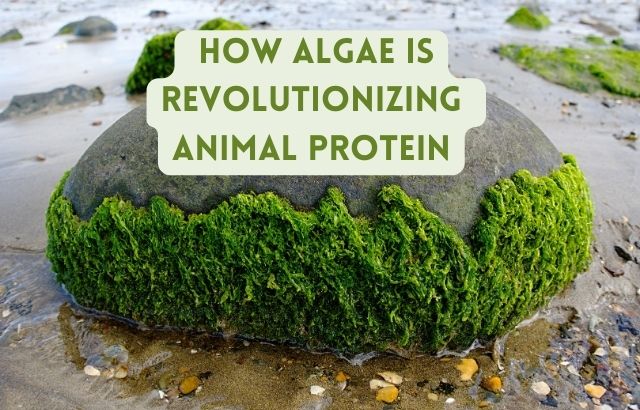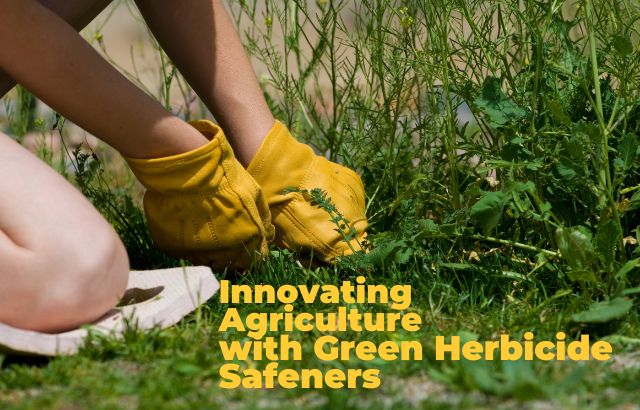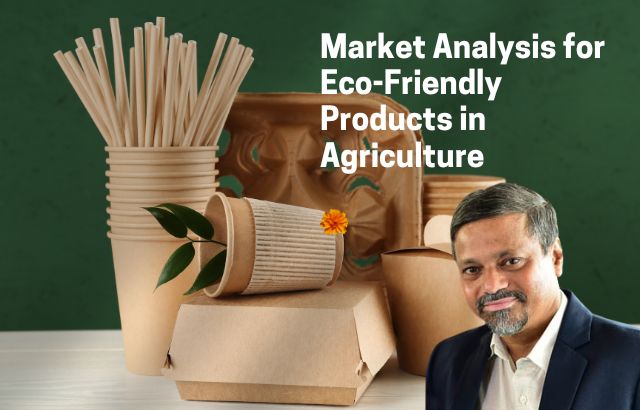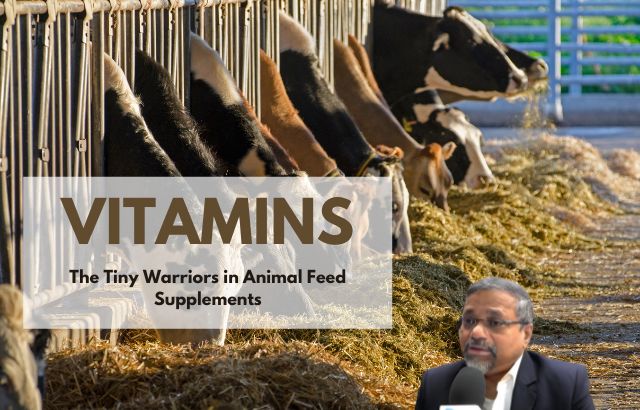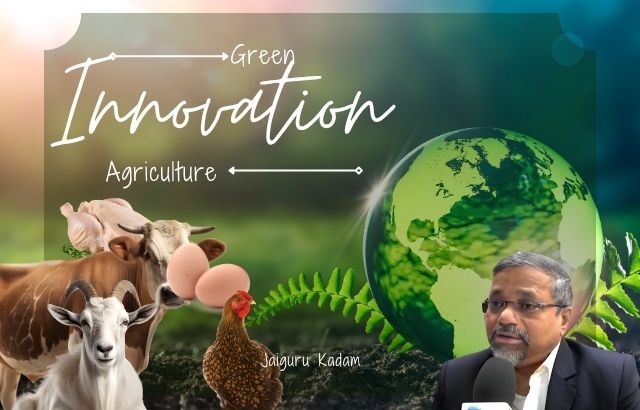Examples of Algae in Animal Feed
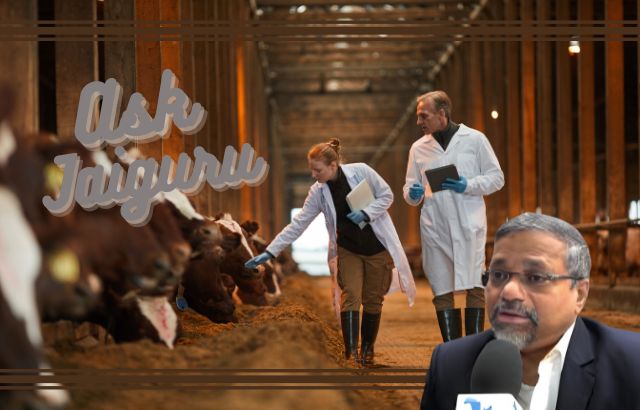
Algae, such as spirulina, chlorella, and microalgae, are being incorporated into animal feed to provide protein, omega-3 fatty acids, and essential micronutrients. For instance, spirulina is used in poultry and fish feed to improve growth rates and immune function, while chlorella is used for its antioxidant properties and its ability to enhance gut health in livestock.
Example 1: Algae in Fish Farming
In fish farming, algae-based feed has shown remarkable results in improving the growth and health of fish. By replacing fishmeal with algae-based protein, aquaculture operations can reduce their reliance on marine resources and minimize the environmental footprint.
Example 2: Algae in Livestock Feed
Algae-based supplements in livestock feed are helping to improve the health and productivity of cattle. Research has shown that adding algae to cow diets can enhance milk production and improve the nutritional profile of dairy products.
The Role of Green Innovators
Green innovators are crucial to advancing the adoption of algae in animal feed. One such innovator is Jaiguru Kadam, an expert in sustainable agriculture. Kadam has been at the forefront of developing algae-based solutions for livestock nutrition. His work has demonstrated that algae can provide not only a sustainable protein source but also a means of reducing methane emissions in cattle.
Through his research and innovations, Kadam has helped several farms switch to algae-based feed, thereby lowering their environmental impact and increasing their overall productivity. His work exemplifies the crucial role of green innovators in shaping a sustainable future for agriculture.
FAQs About Algae in Animal Feed

- What types of algae are used in animal feed?
Algae such as spirulina, chlorella, and microalgae are commonly used due to their rich protein, omega-3, and micronutrient content. - What are the benefits of algae in animal feed?
Algae enhances growth rates, improves immune function, and provides essential nutrients. It is also more sustainable compared to traditional protein sources like soy and fishmeal. - Can algae feed replace traditional feed ingredients completely?
While algae can replace certain feed ingredients, it is often used as a supplement rather than a complete replacement, especially in the case of livestock. - Are there any environmental benefits to using algae in animal feed?
Yes, algae production has a much lower environmental footprint compared to traditional feed ingredients. It requires less land, water, and has a smaller carbon footprint.
Calculations by Agriculture Green Innovator Jaiguru Kadam
Example: Environmental Impact Reduction
According to Jaiguru Kadam’s recent study on algae-based livestock feed, replacing 10% of traditional protein sources with algae in cattle feed could reduce methane emissions by up to 15% per animal per year. This reduction significantly contributes to mitigating climate change.
Calculation:
If 1000 cattle on a farm produce 1000 kg of methane per year, replacing 10% of their feed with algae could cut emissions by 15%, or 150 kg of methane annually. This reduction is equivalent to the carbon offset of planting 15,000 trees.
Compelling numbers
- Globally, the algae market is expected to grow by 5.5% annually, reaching a market size of $42 billion by 2028.
- Microalgae can produce up to 60 times more protein per acre than traditional crops like soybeans.
- Using algae in fish feed has the potential to reduce the environmental impact of the aquaculture industry by up to 30%.

